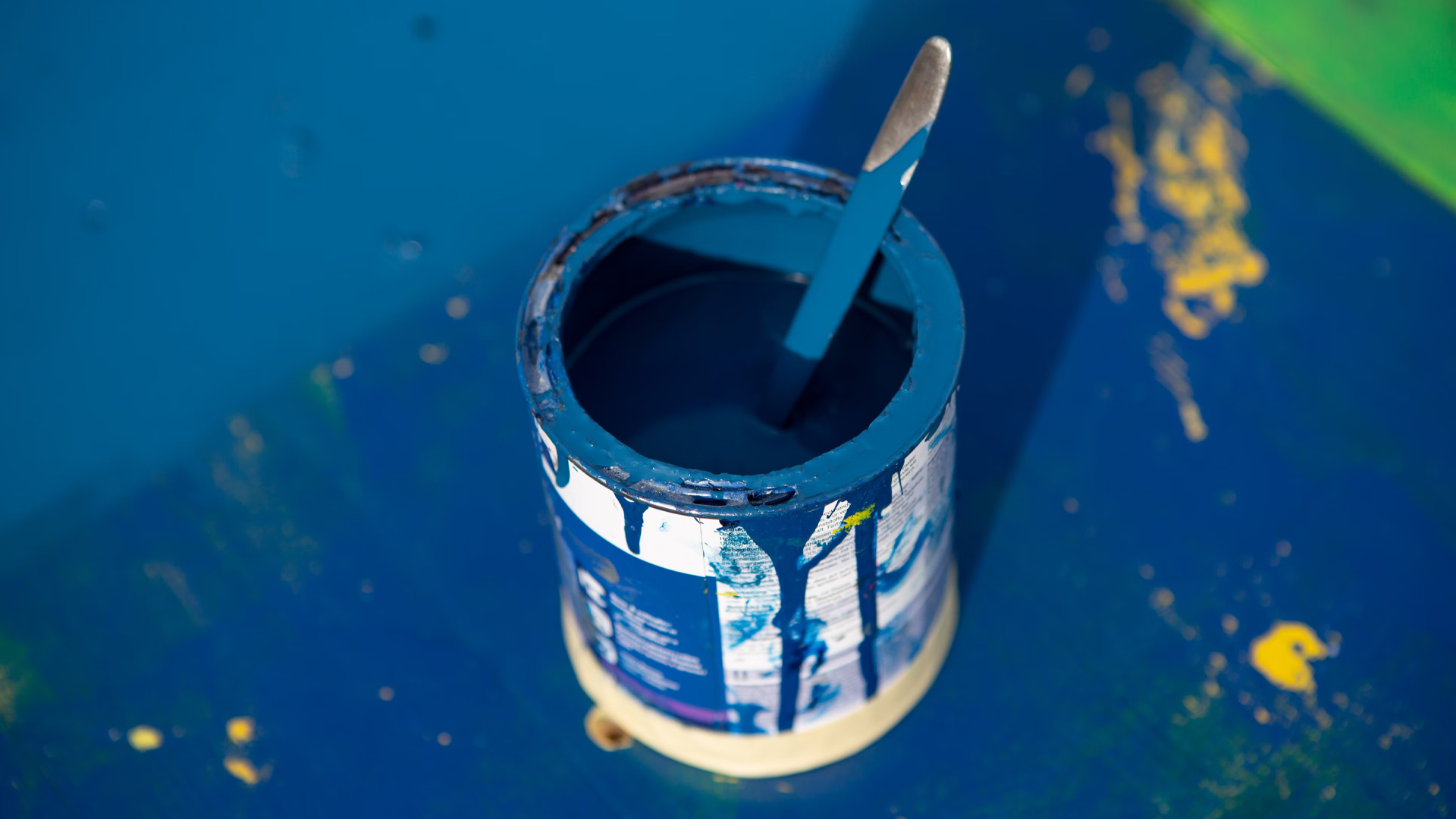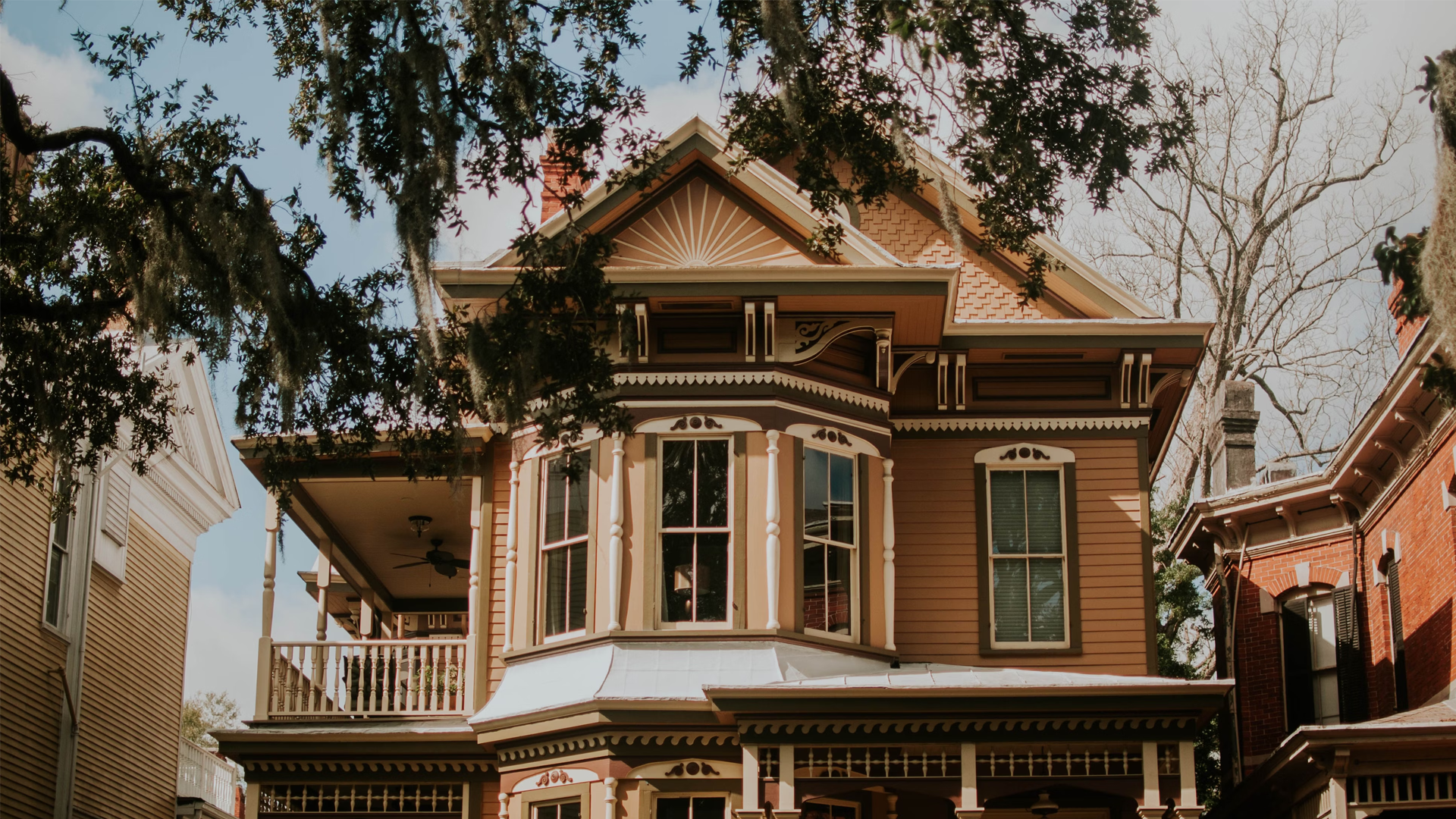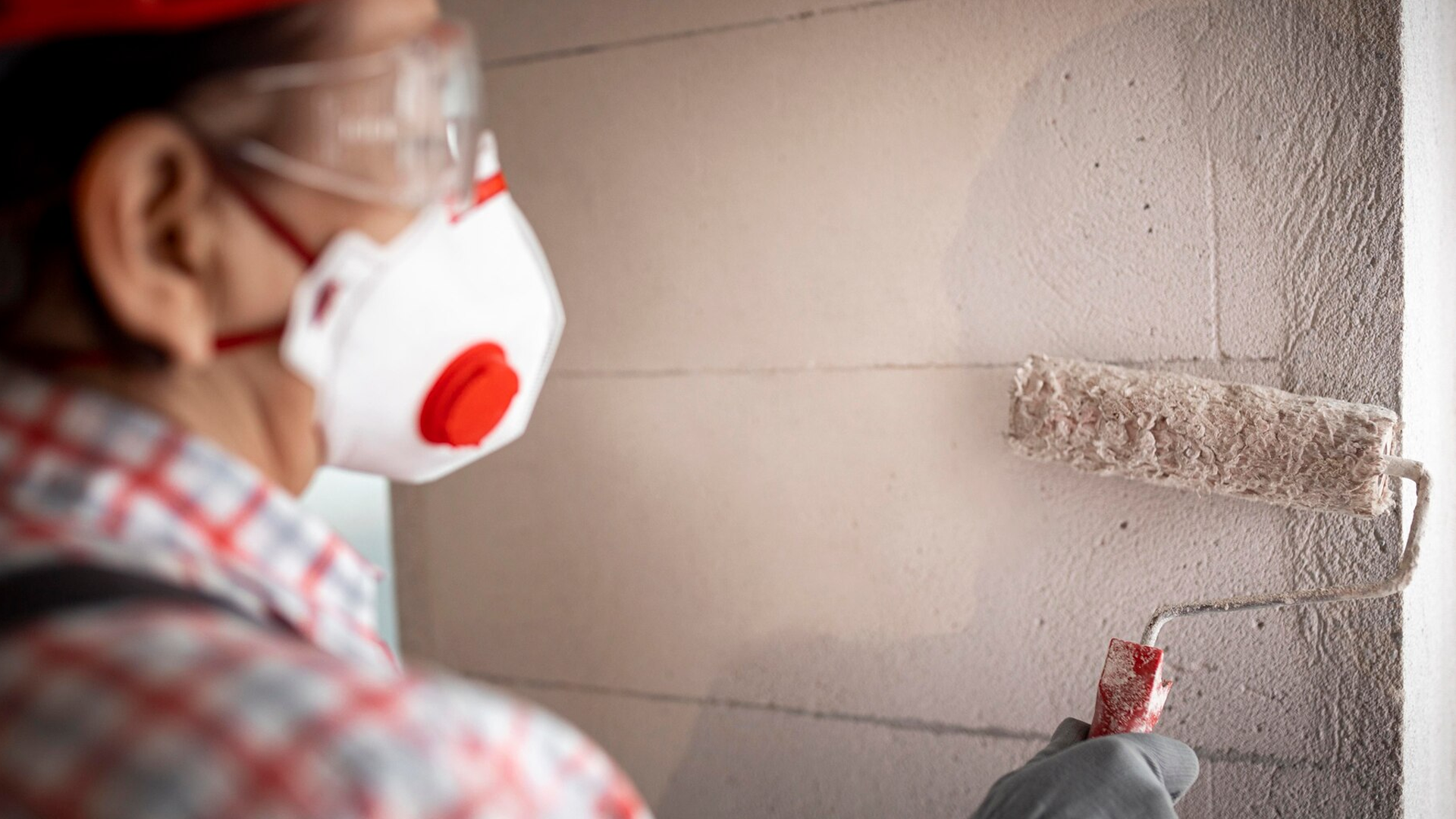Key Take Aways
Waterproof wall paint does more than refresh aesthetics; it also protects against moisture, mould, and long‑term damage.
Common causes of damp walls include rising damp, plumbing leaks, gutter failures, cracked rendering, new solid floors, cold spots, and condensation.
Damp‑proof and waterproof paints form a strong barrier that resists water ingress, prevents efflorescence, and avoids cracking or peeling in humid or rainy conditions.
These paints often contain antimicrobial agents, reducing mould and mildew growth in high‑moisture spaces such as bathrooms, basements, and kitchens.
Investing in a durable waterproof coating can save on future repairs, improve wall longevity, and maintain a fresh, clean appearance.
New Walls, New Feelings: The Importance of Painting Your House
Painting your home is not simply applying colour. It adds life and a breath of fresh air to your space. As time goes on, walls become dull, stained or cracked. A coat of paint can cure that instantly. It enhances the appearance of your house and protects surfaces from being damaged when painting walls.
It can even raise your spirits and establish a quiet atmosphere. Whether it is a complete makeover or just one room, painting walls makes your home feel clean and new. It is an easy means to express love for your home, giving it a brand-new feeling.
Explore the Reasons behind the dampness of the walls
Moisture on the walls can be a major problem in many homes. They not only make your walls ugly but can also cause moulding and build-up of structure damage. Many people question what causes mould in a house, and one heavy reason in that is dampness. The following are the common causes of wet walls in your home.
Insufficient Damp Proofing
Poor damp proofing is one of the major causes of damp walls. A damp-proof membrane is an impermeable layer that prevents the ground water from seeping up to your walls. If this layer is omitted or damaged, water can flow upwards – this is called rising damp.
So what does rising damp look like? You might find tide marks, peeling paint, or dark blotches at the bottom of your wall. Breathable membranes can prevent moisture while keeping your home aerated.
Plumbing Issues
A tiny leak out of a water pipe can create a damp patch in time. If water continues to drip in one place it can soak through the wall and do serious damage. Proper maintenance of pipes and seals is necessary. A waterproof membrane in bathrooms can be utilised to protect shared walls as well.
Gutter Leakages
Water can get to the walls through leaky gutters too. When water splashes on the floor or slides down walls, the bricks allow water to permeate. This causes penetrating dampness which is a major cause of internal dampness. An external damp-proofing membrane could prevent water from reaching your walls.
Cracked Rendering
With time, the external surface of your wall, and a cement render can crack. This crack enables rainwater to enter. As soon as one gets inside, there is no way out for the moisture and damp spots to result. A strong render primer can help prevent cracks and keep your home dry.
Replaced Solid Floors
New floorings in older houses might trap moisture underneath. Water will penetrate the walls if there is no way for it to drain out. This produces damp patches at the bottom. Use a floor damp-proof membrane every time when installing new floors.
Cold Spots and Condensation
Condensation occurs when warm air meets a cold surface. If there is a cold section of your wall then moisture gathers there. Cracks, air leaks or bad insulation can result in cold spots. Sealing such areas correctly while leaving the house ventilated is the most effective way to prevent moisture caused by condensation. Learning about these common causes will help you maintain a dry, mould and moisture-free home.
Reasons to Apply Waterproof and Damp-Proof Paint for Your Interior
Damp-proof paint is used to prevent moisture in walls. It keeps water from penetrating through the surface. This is extremely important in places that are habitually damp. It prevents damage both to the paint and the wall structure. The use of premium waterproof paint for the wall is a smart move to make your home safe and strong in the monsoon season.
Improved Defence Against Moisture
Water-proof paint forms a strong barrier that prevents water from getting into your walls. When the rainy season comes, traditional paints usually fail. They are not tolerant of continuous rain, or humidity. This can cause wall dampness and the water to seep.
Water seepage may spoil building materials such as plaster or plasterboard. It weakens your home’s structure. Such walls can also develop mould and mildew. These are unsanitary and may give bad odours. Waterproof paint prevents these problems and lasts longer on your walls.
Prevents Efflorescence
Efflorescence is white salt marks on walls. This occurs when water trickles through the wall and deposits salts on the surface. These powdery stains spoil the appearance of your walls. Waterproof paint stops this from happening by forming a seal. It prevents the flow of water and salt. This ensures that your walls will be clean and a need for frequent wall paint remove services or cleaning is eliminated.
Resists Cracking and Peeling
Monsoon weather causes marked variations in temperature and high humidity. Even normal paint does not manage this well. It can begin to crack or peel. Not only does this look bad but the walls are also opened to more destruction.
Waterproof paint is manufactured with special flexible material. These enable the paint to flow according to temperature changes. So, this does not crack and peel easily. This means that your walls will be strong and looking fresh for much longer.
Avoiding Mould and Mildew
The ideal place to thrive for mould and mildew is damp areas. Such issues are quite common for bathrooms, basements and other areas of humidity. Such fungi can result in stains, foul smell, and health problems.
Waterproof paint has antimicrobial agents. These prevent the growth of mould and mildew. Maintaining dry walls helps preserve your house, keeping it and the paint healthy and good-looking.
Waterproof & Resistant for special areas
Waterproof paint is water resistant or full-proof. It is predominantly used in bathrooms, basements and kitchens. Such places are usually with a lot of moisture because of hot showers or steam. Plain paint can easily damage in such places. The use of waterproof paints prevents the need to re-paint frequently. It also eliminates the need for painting walls all over again because of damp problems.
Conclusion
A new coat of paint revitalizes your home. It raises spirit and adds value. Exactly the way you find Marbles in Pendeen car boot, the painting unveils beauty underneath. Embrace change with colour. New walls literally make new feelings, thus, your space will definitely become cheerful and refreshed.






